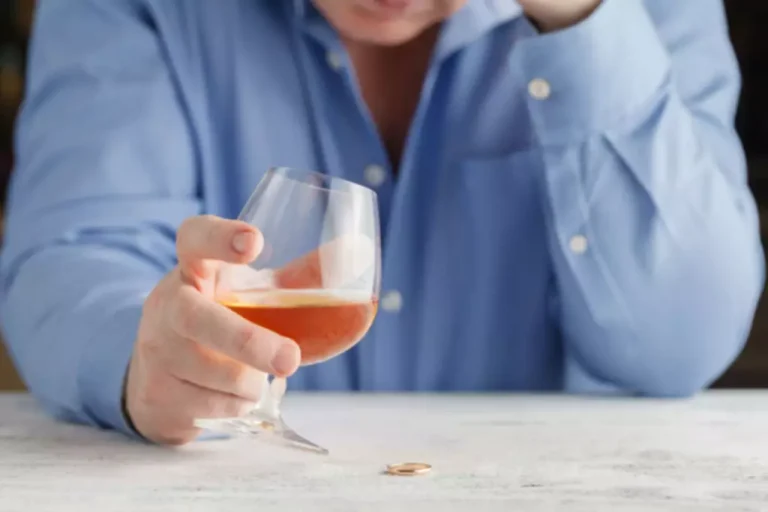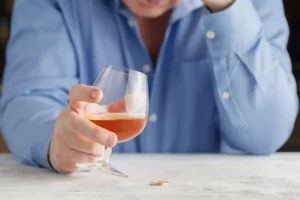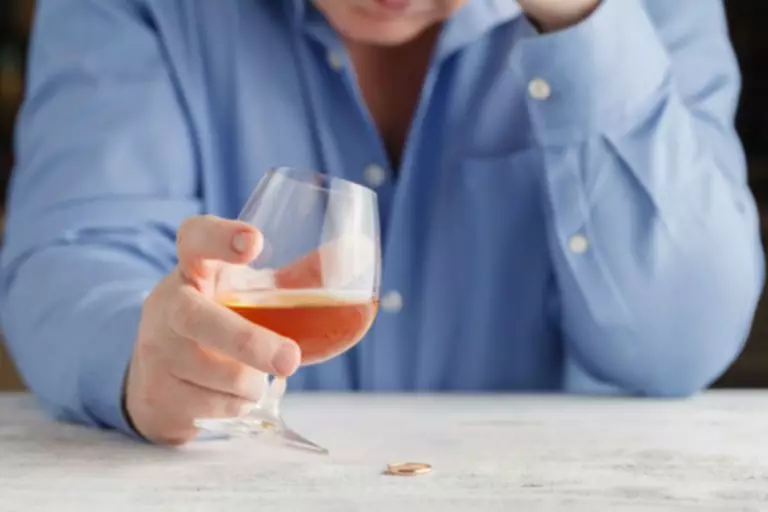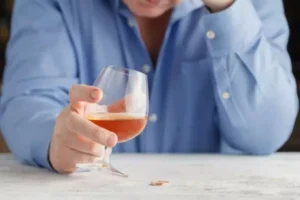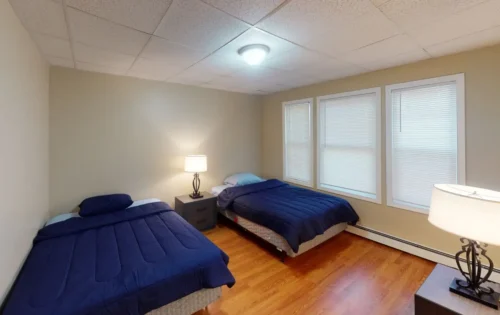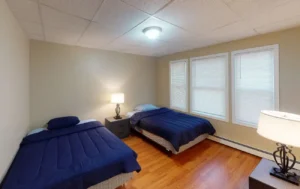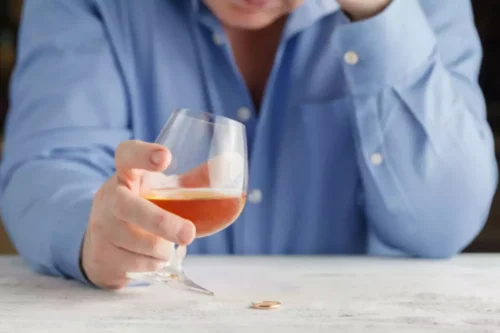When we spoke, Granada House’s new facility in Southbridge was in the process of being set up, and completely renovated. The day-to-day workings of Granada House’s homes are governed by a handbook and house rules.
Sober House: Granada House – Sober House
- The growth of Granada House raises all kinds of possibilities along this line, which is good news for individuals looking for a stable and supportive environment in which to get and stay sober.
- The Chamberlain Home in Southbridge is one of a number of sober living facilities Granada House owns and operates in Massachusetts, Rhode Island and Maine.
- “It’s a challenge being able to work with independent operators who have experience,” Mr. Foote said.
- The core of our recovery home structure is abstinence from drugs and alcohol.
- Calls to the listed sober houses will be routed directly to their sober house.
- He relishes talking about the endeavors his company is undertaking to help men and women try to shed the ruinous effects of alcohol and drugs.
We lead the best sober living homes in New England; structured sober house communities where those in recovery live together as a family to develop the tools and strengthen their character in order to live free from substance abuse. Our sober living homes allow for independence; however, they are guided by a set of Granada House Review recovery-focused house rules, standards, and expectations. The core of our recovery home structure is abstinence from drugs and alcohol.
- Residents adhere to a curfew, submit to drug and alcohol screenings and participate in home and community events.
- We lead the best sober living homes in New England; structured sober house communities where those in recovery live together as a family to develop the tools and strengthen their character in order to live free from substance abuse.
- The company’s business model is built on residents taking responsibility for their home and their recovery.
- We see a world where every person in recovery has access to a supportive, healthy, and safe home environment built on respect, focused on recovery, and led by peers.
- A new residence in Southbridge, set to open on Main Street this month, typifies Granada House’s rapid growth as a provider of structured and certified sober living for men and women in a recovery-focused and peer-supported environment.
- “Indeed, we are opening the home in Southbridge in short order.
Other Sober Living Homes Near Worcester, Massachusetts
A new residence in Southbridge, set to open on Main Street this month, typifies Granada House’s rapid growth as a provider of structured and certified sober living for men and women in a recovery-focused and peer-supported environment. As is true of other sober living facilities, Granada House requires abstinence from drugs and alcohol. Residents are engaged in their personal recovery journey by attending meetings and working with a sponsor and the house manager for support and encouragement. Residents adhere to a curfew, submit to drug and alcohol screenings and participate in home and community events. We see a world where every person in recovery has access to a supportive, healthy, and safe home environment built on respect, focused on recovery, and led by peers. Our homes are located in Massachusetts, Rhode Island, Connecticut, and Maine.
For More Information on Sober Living Homes Call: 1 ( 909 1894
He relishes talking about the endeavors his company is undertaking to help men and women try to shed the ruinous effects of alcohol and drugs. “Indeed, we are opening the home in Southbridge in short order. The rest (towns like Dudley, Oxford and Charlton, and Putnam and Thompson, for instance) are a bit too small to support a largely walking-only population. We would be happy to explore Connecticut as well,” however, he said.
Kayaly Men’s Sober House: Granada House Sober Living
We do not receive any commission or fee based on which sober house you choose. The growth of Granada House raises all kinds of possibilities along this line, which is good news for individuals looking for a stable and supportive environment in which to get and stay sober. Transitional housing is temporary housing for the working homeless population and is set up to transition their residents to permanent housing. “It’s a challenge being able to work with independent operators who have experience,” Mr. Foote said. “We attract individuals who are more serious” about being part of a life-changing initiative, he said.
The Chamberlain Home in Southbridge is one of a number of sober living facilities Granada House owns and operates in Massachusetts, Rhode Island and Maine. The company’s business model is built on residents taking responsibility for their home and their recovery. Calls to the listed sober houses will be routed directly to their sober house. Calls to any general helpline will be answered or returned by one of the top sober house featured on this site.

